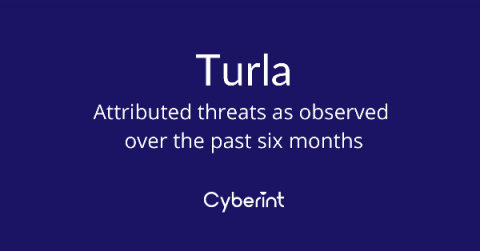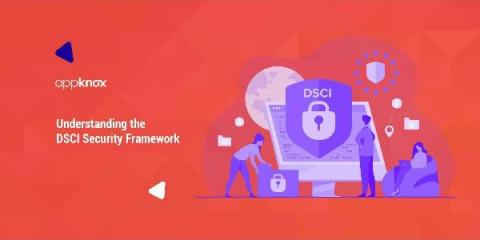Intrusion Prevention Systems explained: what is an IPS?
The goal of every cybersecurity strategy is to stop cyberthreats before they have a material impact. This has resulted in many organizations seeking to be more proactive in their response to potential threats by employing solutions to detect and prevent specific types of cyberattacks by monitoring for the earliest indicators of attacks found within network traffic.










